
The air in Minneapolis is thick with anticipation as Huntington Bank Stadium prepares to host Farm Aid 40, a landmark event celebrating four decades of unwavering support for America’s family farmers. This year, the festival welcomes a voice whose singular statement ignited the entire movement: Bob Dylan. His return to the Farm Aid stage, at 84 years old, underscores the profound and lasting impact of his impromptu plea during the 1985 Live Aid concert, a moment that inextricably linked his legendary career with the vital cause of agricultural justice.
Farm Aid has been more than just a music festival; it’s a powerful statement and a critical lifeline for farming communities. Inspired by Dylan’s profound observation, Willie Nelson, Neil Young, and John Mellencamp forged a movement that has since raised over $85 million. These funds have been channeled directly into programs designed to empower farmers, advocate for a more equitable food system, and champion family agriculture against the encroaching tide of industrialization.
As we anticipate the gathering of musical titans and dedicated advocates this Saturday, September 20th, it’s imperative to trace the roots of this extraordinary endeavor. Dylan’s presence at Farm Aid 40 isn’t merely a performance; it’s a living testament to the power of an artist’s voice to catalyze change. The story of Farm Aid is deeply interwoven with the narrative of American music and social consciousness, a tapestry woven with iconic performances, heartfelt advocacy, and a steadfast commitment to those who feed our nation.
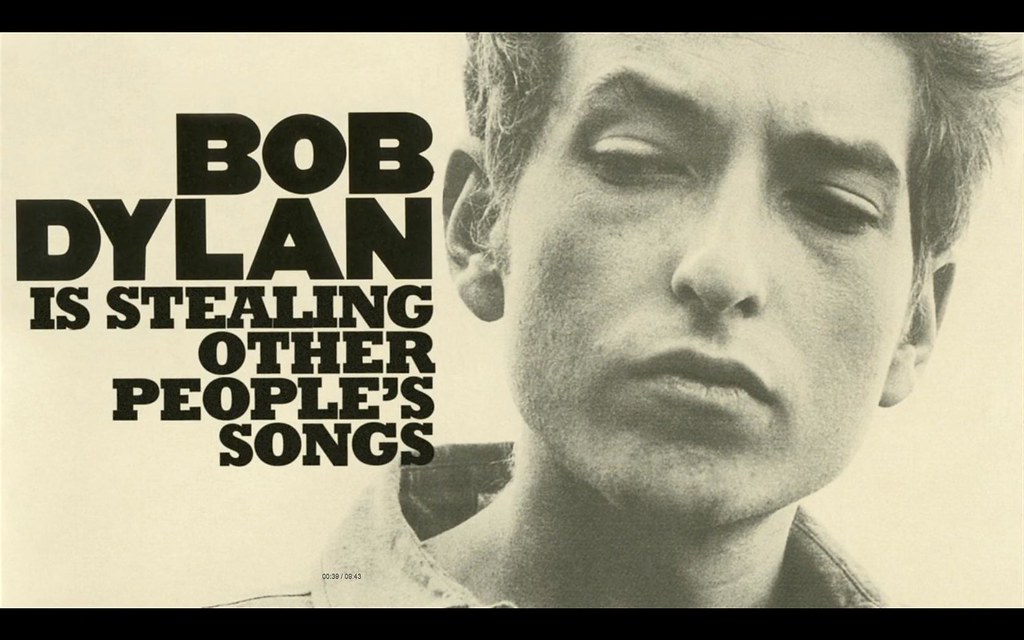
1. **Bob Dylan’s Prophetic Call: The Spark that Ignited Farm Aid**It was July 13, 1985, at Live Aid, a global spectacle for drought-stricken Ethiopia. Amidst a star-studded lineup, Bob Dylan delivered a moment that shifted focus to a crisis within America. While performing, he paused to voice a sentiment sparking a movement enduring for decades.
Dylan’s words were direct: “I hope that some of the money that’s raised for the people in Africa, maybe they can just take a little bit of it, one or two million, and use it, say, to pay the mortgages on some of the farms that the farmers here owe to the banks.” This illuminated the escalating US farm crisis, with crop prices crashing and bank foreclosures devastating family farms.
The impact on country superstar Willie Nelson was immediate and profound. Nelson, a former cotton-picker, recalled Dylan’s question “hit me like a ton of bricks.” It crystallized a nascent concern into a call to action, articulating a silent struggle for countless American farmers facing ruin.
This pivotal Live Aid moment cemented Dylan’s role as an accidental catalyst for one of the most significant philanthropic efforts in American music history. His ability to distill complex social issues into a single utterance proved the power of his artistry, laying groundwork for Farm Aid.

2. **The Genesis of a Movement: Willie Nelson’s Vision**Dylan’s Live Aid words sparked a flame, but Willie Nelson’s resolve quickly fanned it into Farm Aid. Nelson, intimately familiar with rural struggles, took Dylan’s spontaneous suggestion to heart. He recognized the urgent need for direct intervention and support for struggling family farmers, understanding the gravity of economic devastation.
With an impossibly short lead time of six weeks, Nelson mobilized his peers. He reached out to Neil Young and John Mellencamp, two other giants of American music and outspoken advocates. These three, sharing deep concern for farmers, converged to organize a response, their collective star power transforming a heartfelt idea into a tangible benefit concert.
Their collaboration was critical. Each brought unique artistic voice and passionate advocacy, forming Farm Aid’s core leadership. They understood music could not only entertain but also educate, galvanize support, and raise vital funds. Their shared vision was a platform for financial relief and public awareness about challenges facing family farms.
The urgency was paramount. With crop prices in freefall and immense economic pressures, swift action was required to prevent further loss of livelihoods. Nelson, Young, and Mellencamp’s commitment transcended typical concert planning, becoming a mission-driven response to a national crisis.
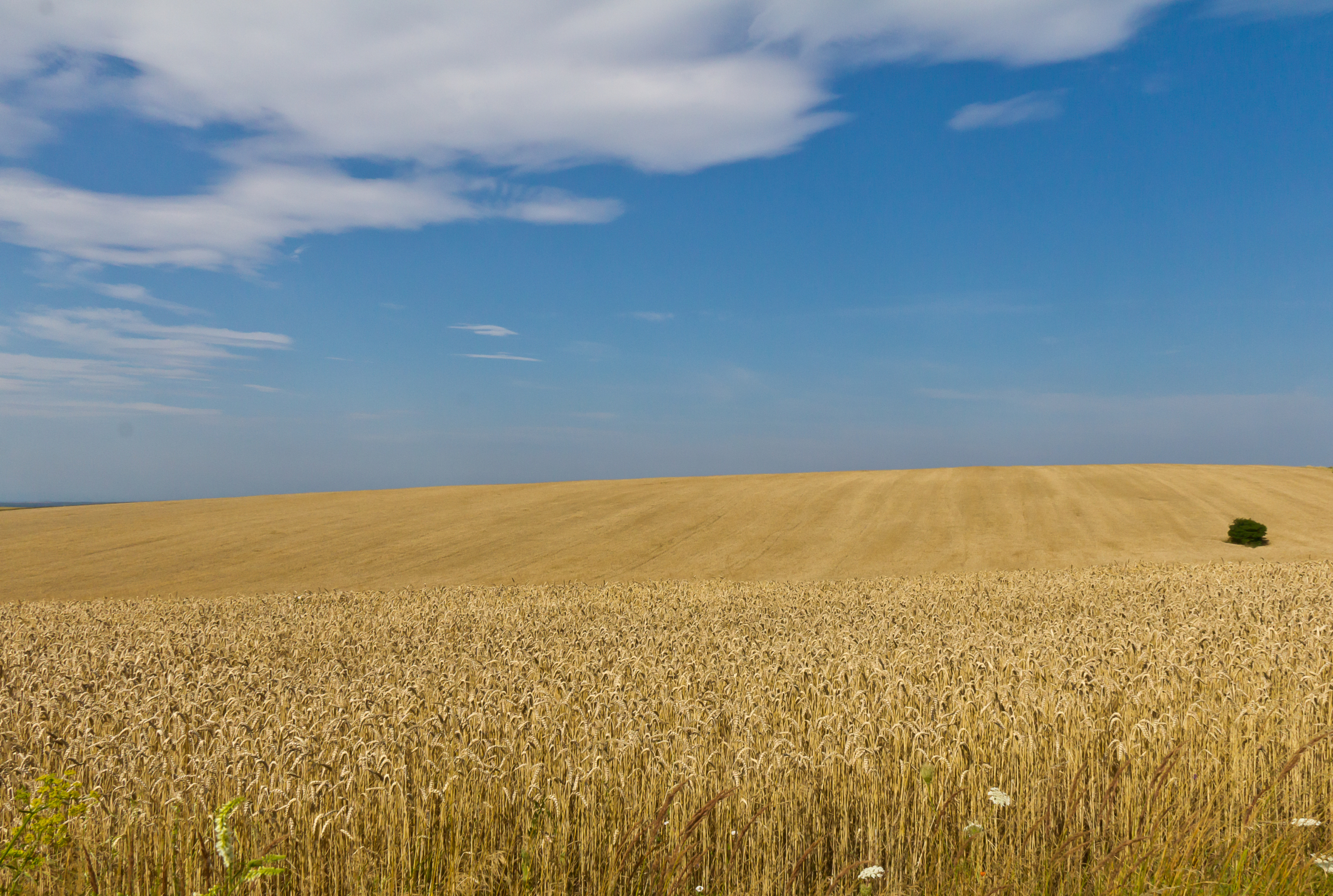
3. **Four Decades of Advocacy: Farm Aid’s Enduring Mission**From urgent beginnings in 1985, Farm Aid evolved into an enduring institution with a clear, ambitious mission: “to build a vibrant, family farm-centered system of agriculture in America.” This reflects a deep understanding that farmer challenges are systemic, requiring continuous advocacy, support, and a fundamental shift in how society values food producers.
The annual Farm Aid festival, hosted by board members Willie Nelson, Neil Young, John Mellencamp, Dave Matthews, and Margo Price, is the primary engine for this work. Beyond performances, it raises funds for year-round initiatives. These programs help farmers “thrive,” ensuring resources to overcome economic, environmental, and political hurdles.
A significant part of Farm Aid’s mission expands the Good Food Movement. This advocates for a sustainable, equitable, and locally focused food system, contrasting with industrial agriculture. By promoting food from family farms, Farm Aid educates consumers about their food source and supporting farmers, creating a more resilient food chain.
The mission also inspires people to “choose family farm food,” a crucial public awareness campaign. Through consistent efforts, Farm Aid highlights diversified agriculture, sustainable practices, and the vital role family farms play in local economies and food security. Their long-term vision strives for a future where family farms are the backbone of American agriculture.

4. **The Inaugural Gathering: A Historic Lineup and First Concert**The speed of the first Farm Aid concert’s materialization was extraordinary, testament to its founders’ dedication and the cause’s urgency. Just six weeks after Bob Dylan’s pivotal Live Aid comment, the inaugural festival took place on September 22, 1985, at the University of Illinois in Champaign, Illinois. It was a monumental event, bringing an unprecedented array of musical talent to highlight the American farm crisis.
The lineup for that first Farm Aid was a who’s who of country and rock, reflecting the cause’s cross-genre appeal. Beyond the founding trio, the stage welcomed legends such as Johnny Cash, John Fogerty, Don Henley, Billy Joel, Loretta Lynn, Roy Orbison, and Bonnie Raitt. Each contributed unique sound and unwavering support, creating a powerful collective voice for struggling farmers.
Notably, Tom Petty and the Heartbreakers also performed. This gathering was more than a concert; it was a cultural happening, signaling artists collectively addressing a severe domestic issue. The diversity of performers underscored the broad impact of the farm crisis.
The University of Illinois campus venue was symbolic, placing agricultural sustainability within public and academic spheres. The event not only entertained but educated, drawing national attention to family farmers losing land. It transformed a hidden crisis into a public spectacle, forcing a national conversation about American agriculture’s future.
5. **More Than Money: The Financial Impact and Support**Since its inception, Farm Aid has consistently channeled music and celebrity power into tangible financial support for American farmers. The organization proudly states it has raised over $85 million to date, a staggering sum reflecting decades of dedication. This financial commitment is a cornerstone of Farm Aid’s strategy to help farmers navigate volatile economic landscapes.
These funds are strategically disbursed to support programs designed to help farmers “thrive.” This includes direct grants to organizations offering hands-on assistance, technical support, and advocacy. Grants enable vital services, from helping farmers transition to organic practices to developing new markets, ensuring sustainable farm businesses.
The impact extends beyond individual farms. Farm Aid’s grants bolster advocacy groups that amplify farmers’ voices and influence policy. Organizations like the Land Stewardship Project, a grant recipient for decades, use Farm Aid funding to ensure farmer concerns are known to the public and policymakers. This crucial work addresses systemic agricultural instability.
As Caroline Fiore noted, the grant program is vital for Farm Aid itself to understand the “breadth and depth of the issues across the country in agriculture.” By funding diverse programs, Farm Aid gains invaluable insights into specific regional challenges, allowing for a more informed and responsive approach. This collaborative funding model fosters a nationwide support network.
Read more about: Don’t Waste Your Money: 14 Walmart Buys That Experts Say to Skip (and What to Choose Instead)

6. **A Shared Stage, A Flourishing Friendship: Dylan’s Early Collaborations**Bob Dylan’s initial performance at the first Farm Aid in 1985 not only galvanized the movement but also sparked significant musical collaborations. On that historic day, Dylan took the stage with Tom Petty and the Heartbreakers, a pairing creatively fertile and enduring, far beyond a single benefit concert. This collaboration was a direct result of Farm Aid’s logistical needs.
At the time, Petty’s manager, Tony Dimitriades, partnered with Elliot Roberts, Dylan’s representative. As Bill DeYoung noted, “Dylan needed a band for the first Farm Aid.” This practical requirement led to Dylan performing with the Heartbreakers, forging immediate musical chemistry. What began as a one-off performance quickly blossomed into a profound artistic alliance.
“Everything else sprang from that,” DeYoung observed, reflecting the ripple effect. The collaboration evolved into the “True Confessions Tour,” which Dylan and Petty launched in February 1986. For some 60 shows across Australia, Japan, and the United States—including iconic venues—the Heartbreakers served as Dylan’s backing band, delivering legendary performances.
The creative synergy continued, with the singers again performing at the second Farm Aid on July 4, 1986, via satellite. Another successful outing, the “Temples in Flames” tour, followed in 1987, further solidifying their bond. These tours cemented their friendship and artistic respect, showcasing how deeply interwoven their personal and philanthropic careers became through Farm Aid.
The friendship reached another pinnacle in 1988. Dylan welcomed Petty, alongside George Harrison, Jeff Lynne, and Roy Orbison, to his Malibu studio to record “Handle Me With Care.” What was initially a B-side for a Harrison single became the inspiration for The Traveling Wilburys. From Live Aid and Farm Aid, Dylan found a potent touring partner and a legendary recording collaboration.
7. **The All-Star Lineup: A Confluence of Musical Generations at Farm Aid 40**The stage at Huntington Bank Stadium is set for Farm Aid 40, showcasing a powerful lineup reflecting its enduring appeal and artists’ dedication to America’s family farmers. This year’s roster blends legends and contemporary stars, creating a musical journey bridging genres and generations. Anchoring this celebration are the Farm Aid board members: Willie Nelson, Neil Young with the Chrome Hearts, John Mellencamp, Dave Matthews with Tim Reynolds, and Margo Price, symbolizing decades of advocacy.
Beyond these iconic leaders, the festival welcomes acclaimed musicians bringing distinct sounds and commitment. Audiences can anticipate compelling performances from Kenny Chesney, Billy Strings, Nathaniel Rateliff & The Night Sweats, Wynonna Judd, and Steve Earle. These artists collectively amplify support for farmers, making the festival an unparalleled showcase of musical prowess and social conscience.
The program also offers a vital platform for emerging artists and diverse expressions. Lukas Nelson, continuing a family legacy, brings his rock and country blend. The innovative Trampled by Turtles and the critically praised Waxahatchee offer fresh perspectives. Further enriching the tapestry are Eric Burton of Black Pumas, Jesse Welles, Madeline Edwards, and the Wisdom Indian Dancers, representing the nation’s diverse fabric.
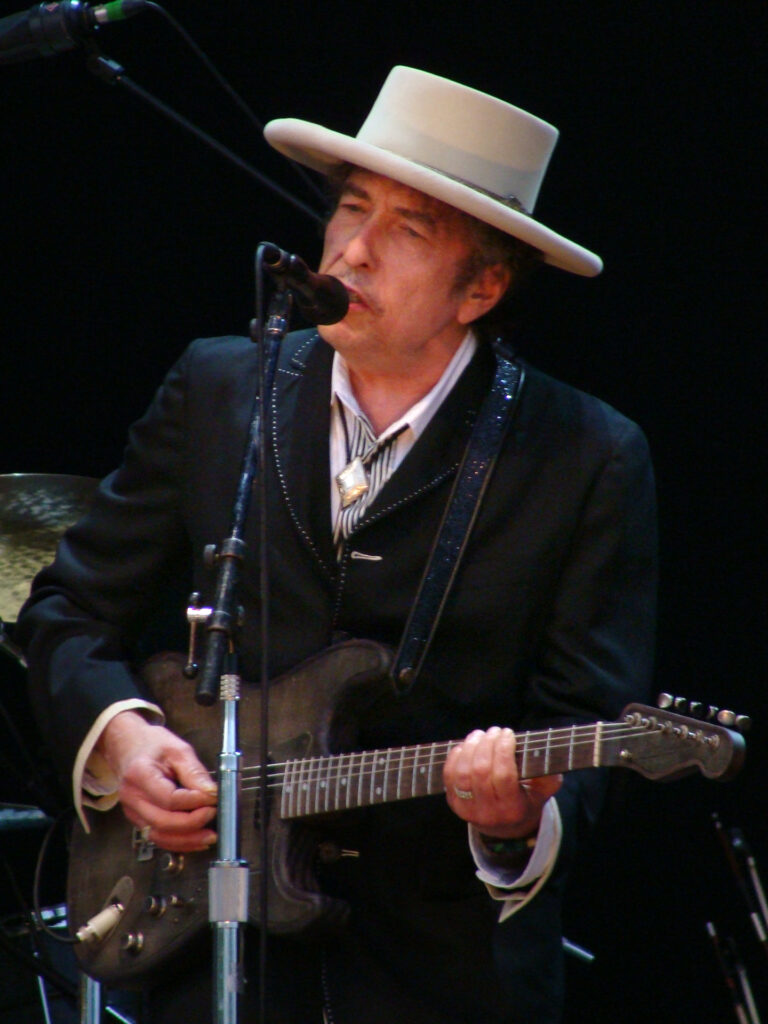
8. **Bob Dylan’s Enduring Presence: A Return to the Roots of Farm Aid**Bob Dylan’s return to the Farm Aid stage at 84 infuses this year’s festival with profound historical significance. His participation is a powerful full-circle moment, linking Farm Aid 40 directly to its genesis. Dylan’s impromptu plea at Live Aid in 1985 ignited the movement, making his presence a living testament to an artist’s power to inspire lasting change. He previously graced the Farm Aid stage in 1985, 1986, and 2023, solidifying his intrinsic connection to the festival’s four-decade legacy.
For many, Dylan’s performance in Minneapolis holds added resonance due to his deep personal history. Born Robert Zimmerman in Duluth and raised in Hibbing, his formative years were linked to Minnesota’s cultural landscape. He spent a pivotal year at the University of Minnesota, immersing himself in Dinkytown’s folk music scene before moving to New York in 1961. His return to the city where he found his artistic voice creates a powerful homecoming.
His Farm Aid 40 participation also underscores his active engagement with contemporary music and long-standing collaborators. Dylan has been touring with co-founder Willie Nelson this summer as part of the Outlaw Music Festival, demonstrating their robust creative and philanthropic bond. This continuous collaboration showcases a shared dedication to music and their championed causes. His performance promises to embody both personal legacy and collective purpose, reinforcing the festival’s core message of solidarity.
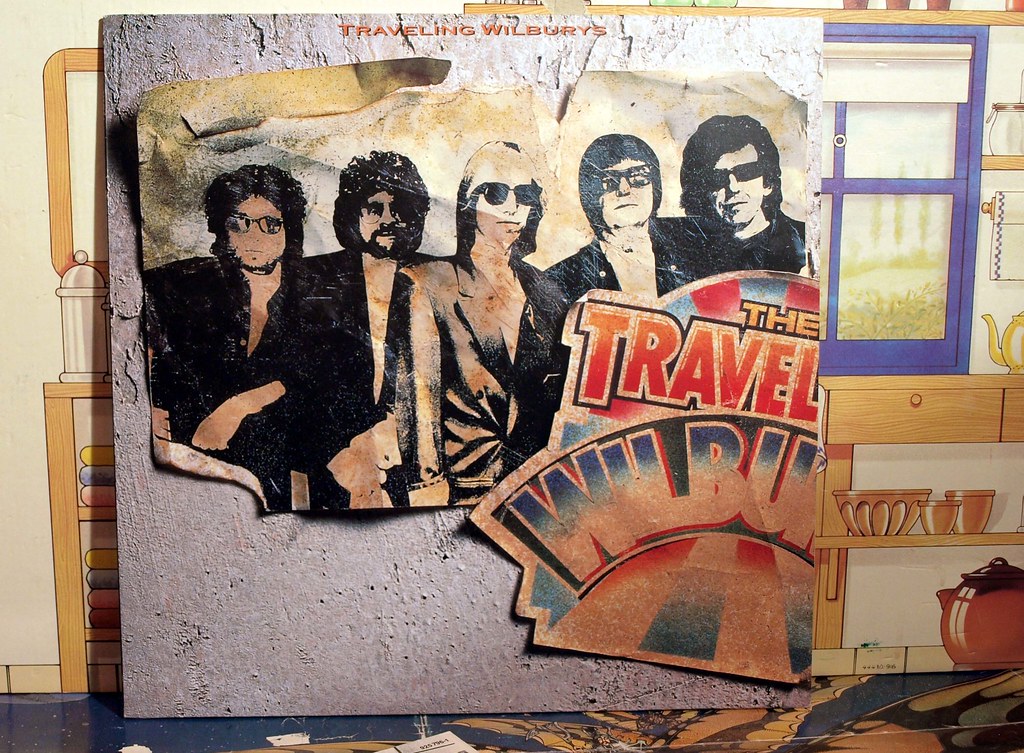
9. **A Cloud on the Horizon: The Labor Dispute Threatening Farm Aid 40**Unforeseen challenges often emerge during complex preparations. Farm Aid 40 faced a significant hurdle that nearly derailed the festival at Huntington Bank Stadium. This unexpected labor dispute cast a palpable shadow over the landmark anniversary, highlighting intricate logistical and ethical considerations. The potential for disruption was considerable, threatening to dampen the spirit of an event dedicated to supporting vulnerable communities and advocating for justice.
At the epicenter was an ongoing dispute between the University of Minnesota, the host venue, and its striking Teamster service employees, Local 320. Stakes were high because Farm Aid’s unionized production crew maintained a principled refusal to cross active picket lines. This commitment to labor solidarity meant that, without swift resolution, the festival could not proceed as planned at the university’s stadium. Farm Aid, built on principles of justice, found itself in a delicate ethical quandary.
The escalating tensions generated urgency among organizers and fans. The specter of potentially relocating or canceling the 40th-anniversary event represented a considerable setback. This dispute underscored the intricate web of agreements essential for a major festival, where a breakdown in one area could trigger cascading effects. Navigating such a labor conflict became an immediate and critical test of Farm Aid’s resilience and core values.
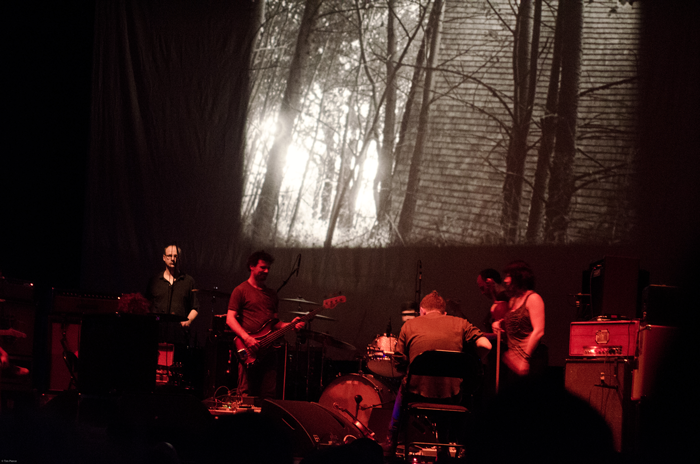
10. **Navigating the Crisis: The Resolution Ensuring Farm Aid 40’s Success**The anxiety surrounding the labor dispute was ultimately eased through negotiation, ensuring Farm Aid 40 could proceed. A crucial breakthrough came when Teamsters Local 320 announced a tentative agreement with the University of Minnesota. This pivotal development cleared the path for the festival, allowing the unionized production crew to prepare without crossing picket lines, upholding solidarity while securing the event’s future. News brought collective relief, affirming the tradition of supporting family farmers would continue.
Key figures were instrumental in brokering this essential resolution. Willie Nelson, Farm Aid’s tireless co-founder, personally intervened, lending his influence. He spoke with Governor Tim Walz, expressing gratitude that the Governor “understands what’s at stake for Farm Aid.” This direct appeal highlighted the festival’s profound importance, urging all parties to recognize the broader impact. Nelson’s active involvement underscored the deep personal investment of Farm Aid’s leadership.
Nelson’s public statement articulated the delicate balance needed: “We both know that, ultimately, it’s up to the University to do the right thing, and soon, so that Farm Aid 40 can go forward.” This remark served as a powerful call to finalize the agreement promptly. The successful resolution, just days before the festival, testifies to the collaborative spirit that emerges when a greater cause is at stake, preserving the event’s integrity and values.

11. **Beyond the Stage: Farm Aid’s Tangible Impact on Minnesota Agriculture**While musical talent captures headlines, Farm Aid’s true heart lies in its tangible impact on agricultural communities, especially in Minnesota. Annual proceeds, surpassing $85 million, are channeled into programs directly assisting farmers, proving the organization is more than a concert promoter. These funds empower family farms and advocate for a more equitable, sustainable food system.
A prime illustration is Farm Aid’s support for The Food Group’s “Big River Farms” in Marine on St. Croix. Executive director Sophia Lenarz-Coy highlights how Farm Aid funding, including a recent $10,000 grant, energizes their program. Big River Farms supports about 20 emerging farmers annually, providing critical access to certified organic land. It offers guidance on market strategies and sustainable crop plans for resilient farm businesses.
Farm Aid’s commitment extends to bolstering vital advocacy groups, ensuring farmers’ voices are heard where policy decisions are forged. The Land Stewardship Project, a decades-long grant recipient, leverages Farm Aid funding to bring farmer concerns to public consciousness and directly to policymakers. Sean Carroll, policy and organizing director, stresses their work aims at systemic change, addressing instabilities that disadvantage family farms. This strategic funding for advocacy is vital for shaping a just agricultural policy.
This year, the Institute for Agriculture and Trade Policy (IATP) also received a grant. A spokesperson confirmed funds will support programs like MinneAg Network, connecting farmers directly to farm policy discussions. Such initiatives empower farmers with a voice in legislative processes. Caroline Fiore, Farm Aid’s development manager, notes the reciprocal benefit: grants help Farm Aid “understand the breadth and depth of the issues across the country in agriculture,” gaining insights into regional challenges.
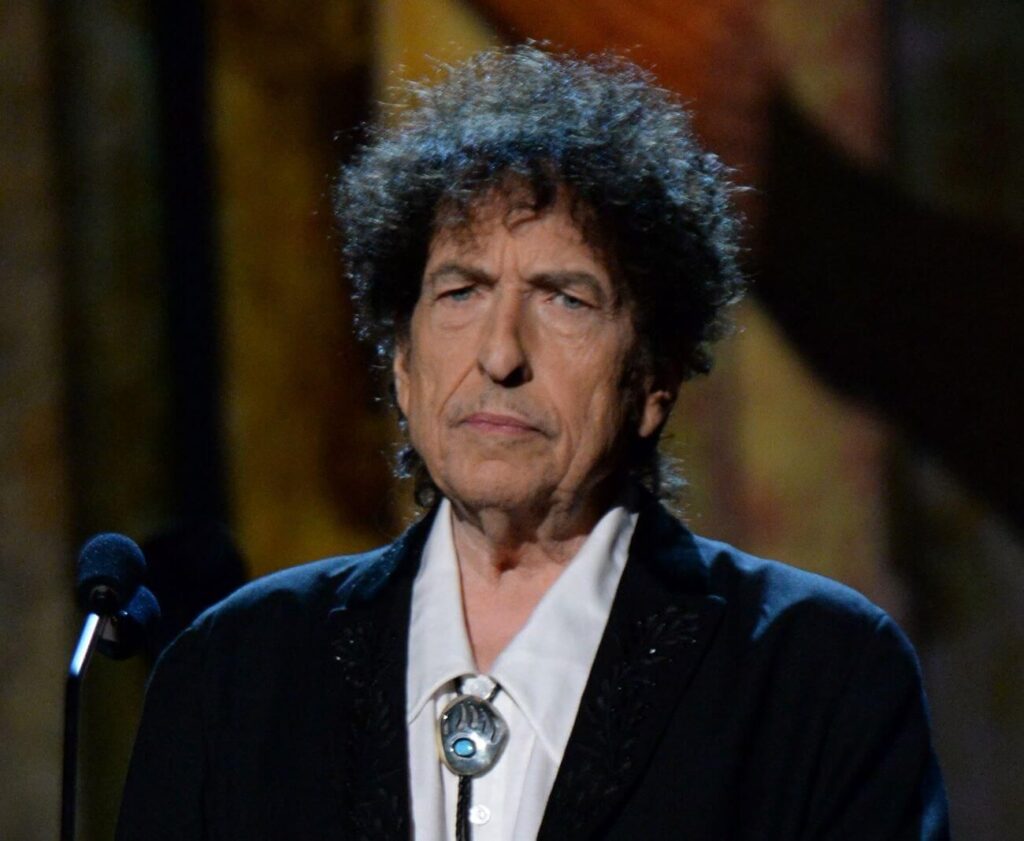
12. **Experiencing the Landmark: How to Engage with Farm Aid 40**For those eager to engage with this historic event, Farm Aid 40 offers accessible avenues for both in-person attendees and remote viewers. Tickets for the anniversary festival, Saturday, September 20th at Huntington Bank Stadium, are available online at farmaid40.org, priced from $101 to $390 (fees included). The official website also provides comprehensive venue information, ensuring attendees are prepared for a seamless experience.
For those unable to attend live, extensive broadcast and streaming coverage is planned. CNN is the exclusive television partner, presenting a five-hour segment from 6 to 11 p.m. on September 20th, featuring major acts. Crucially, CNN will stream its coverage live and free on CNN.com and its apps, requiring no cable login, making the event widely accessible.
Radio enthusiasts will find comprehensive access via SiriusXM, broadcasting the entire festival live from 12 p.m. on Willie’s Roadhouse (channel 61) and Dave Matthews Band Radio (channel 30). This coverage includes exclusive backstage interviews with artists and family farmers, ensuring listeners feel profoundly connected to the event’s core mission from start to finish.
Digital platforms further expand the festival’s global reach. Nugs.net will stream Farm Aid 40 for free, starting 11:30 a.m., via their website, app, or YouTube channel. Subscribers can also stream through Roku and Apple TV. This multi-platform approach maximizes the message, ensuring critical narratives of family farmers and vibrant performances reach a broad audience. Additionally, “Rissi Palmer’s Color Me Country Takeover” on Thursday night offers a cultural prelude.
As the final chords reverberate across Huntington Bank Stadium and the sun sets on Farm Aid 40, the enduring echoes of Bob Dylan’s prophetic call continue to resonate, woven into the very fabric of American social consciousness. This festival, a vibrant crucible of music and activism, stands as a powerful reminder of how a single voice, amplified by collective passion, can sustain a vital movement for four decades. From the legendary performances to the crucial grants supporting local farmers and the advocacy efforts shaping national policy, Farm Aid embodies an enduring testament to solidarity, resilience, and the unwavering belief in a more equitable future for those who feed our nation. It’s a testament that the melodies of justice, once sung, can truly change the world, one family farm at a time.





